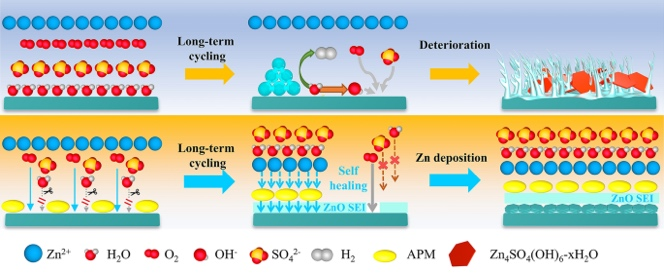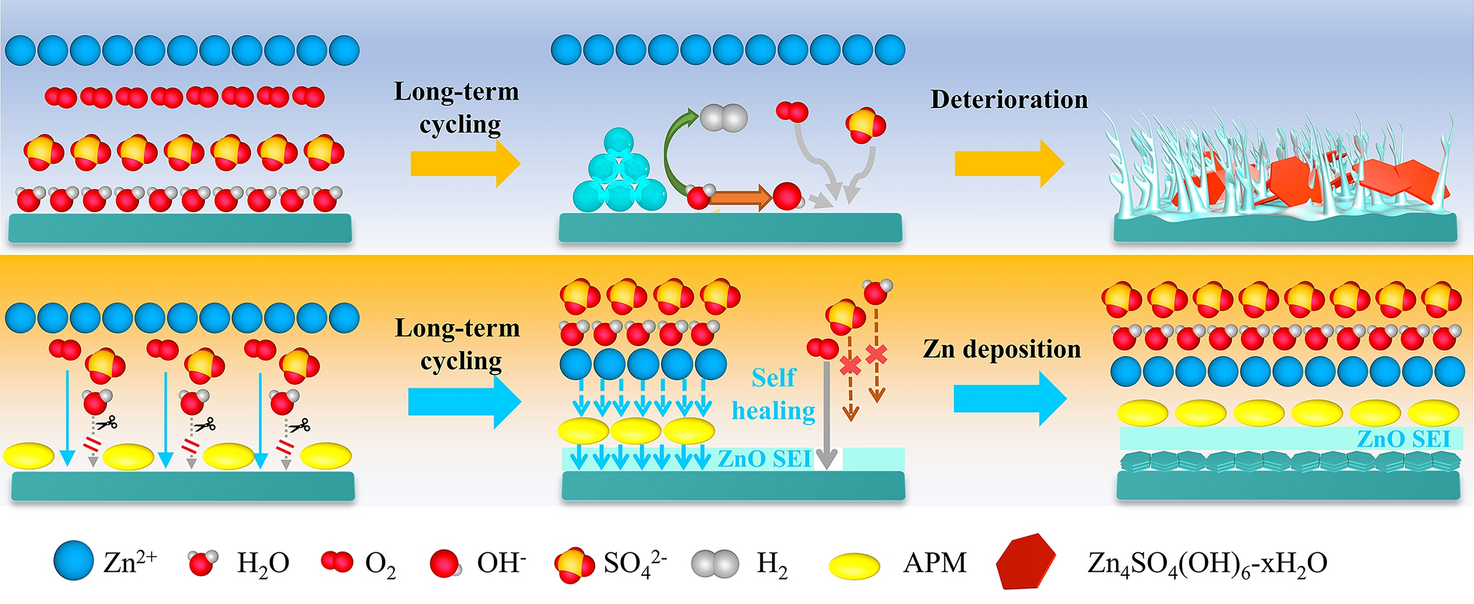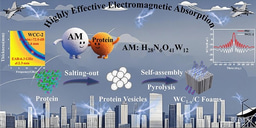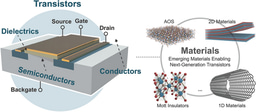Aspartame Endowed ZnO-Based Self-Healing Solid Electrolyte Interface Film for Long-Cycling and Wide-Temperature Aqueous Zn-Ion Batteries

A groundbreaking study published in Nano-Micro Letters presents a novel approach to optimizing the stability and performance of zinc anodes in aqueous zinc-ion batteries (AZIBs) by developing a self-healing ZnO-based solid electrolyte interphase (SEI) film. Led by Professor Jingjing Tang and Juan Yang from Central South University, the research team introduced aspartame (APM) as an electrolyte additive to enhance the corrosion resistance and cycling stability of zinc anodes.
Why This Research Matters
- Enhanced Corrosion Resistance: Traditional zinc anodes suffer from hydrogen evolution and dendritic deposition in aqueous electrolytes, leading to low Coulombic efficiency and poor cyclic stability. This study introduces a self-healing ZnO-based SEI film that significantly enhances the corrosion resistance of zinc anodes.
- Improved Cycling Stability: The APM-modified electrolyte enables the zinc anodes to achieve remarkable cycling stability, with Zn║Zn symmetric cells operating stably for over 10,330 hours at 25 °C and 6,400 hours at -5 °C.
- High Coulombic Efficiency: The optimized SEI film achieves a Coulombic efficiency of 99.59%, suppresses dendrite growth, and maintains a capacity of 150 mAh g-1 after 1,750 cycles in NH4+-V2O5 full cells.
Innovative Design and Mechanisms
- Self-Healing ZnO-Based SEI Film: The researchers developed a self-healing SEI film by incorporating aspartame into the electrolyte. The hydrophobic nature and strong zinc affinity of APM facilitate the dynamic self-healing of the ZnO-based SEI film during cyclic zinc plating/stripping processes. This film effectively protects the zinc anode from corrosion and dendrite formation.
- Dual-Protection Mechanism: The APM additive provides dual protection by shielding the zinc anode from corrosive H2O and SO42- species while enabling continuous regeneration of the ZnO-based SEI through dissolved O2.
- Wide-Temperature Operation: The optimized electrolyte system exhibits excellent performance across a wide temperature range, from -5 °C to 40 °C, making it suitable for various environmental conditions.
Applications and Future Outlook
- In Vitro and In Vivo Efficacy: The study demonstrates significant improvements in the electrochemical performance of zinc anodes, both in symmetric cells and full cells. The optimized SEI film led to complete cell stability and high capacity retention in a wide-temperature range, showcasing the potential for practical applications.
- Imaging and Monitoring: The researchers used X-ray photoelectron spectroscopy (XPS) and focused ion beam (FIB) analysis to track the formation and stability of the SEI film, confirming its effective protection and self-healing capabilities.
- Future Research: Future work could explore the application of this self-healing SEI film in other types of batteries and investigate the long-term effects of the APM additive in combination with different electrolytes.
This research led by Professor Jingjing Tang and her team represents a significant advancement in the field of aqueous zinc-ion batteries. Stay tuned for more exciting developments as researchers continue to explore innovative solutions for energy storage.
Follow the Topic
-
Nano-Micro Letters

Nano-Micro Letters is a peer-reviewed, international, interdisciplinary and open-access journal that focus on science, experiments, engineering, technologies and applications of nano- or microscale structure and system in physics, chemistry, biology, material science, and pharmacy.






Please sign in or register for FREE
If you are a registered user on Research Communities by Springer Nature, please sign in